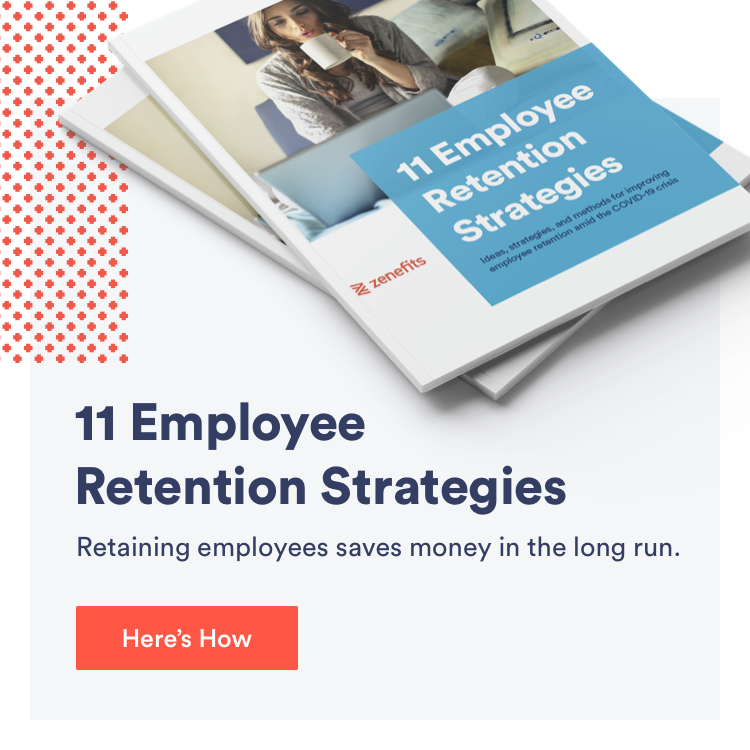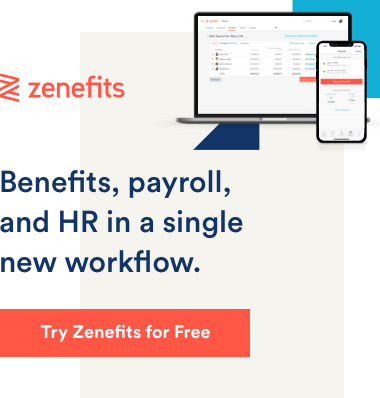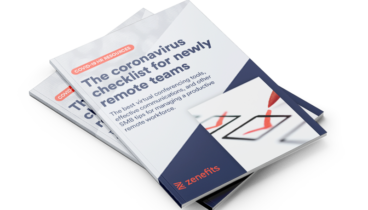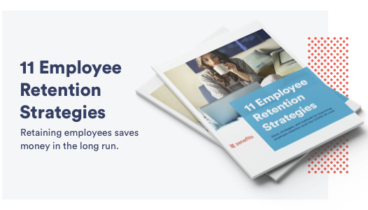The DOL has OK’d digital delivery of 401(k) retirement plan disclosures. Here’s what you need to know to be in compliance.

Here's what you need to know:
-
DOL has approved electronic delivery of 401(k) disclosures
-
This final rule — which takes effect on July 27, 2020 — applies to ERISA-covered retirement plans
-
You can now make email or text messaging your default communication vehicle for furnishing covered 401(k) documents, so long as you adhere to the conditions set forth in the final rule
As a 401(k) plan sponsor, you’re required to give participants and beneficiaries specific information about the plan each year. Electronic methods are the quickest ways to deliver the documents related to this information. However, plan sponsors/employers are normally limited in their capability to make electronic disclosures.
On May 27, 2020, welcome news arrived — in the form of a Department of Labor final rule expanding employers’ ability to distribute 401(k) information electronically.
Final rule provisions
The final rule gives 401(k) plans a new, alternative way of satisfying the disclosure requirements authorized by the Employee Retirement Income Security Act (ERISA) of 1974. Under the new safe harbor, by default you can post 401(k) disclosures online or send the information directly to participants and beneficiaries via email.
This final rule — which takes effect on July 27, 2020 — applies to ERISA-covered retirement plans, including 401(k) plans. It not does not pertain to health and welfare benefit plans.
Background
In general, plan sponsors/employers must issue 401(k) disclosures via “reasonably calculated” methods to ensure participants and beneficiaries actually receive the documents. To send disclosures electronically, employers used to have to rely on a DOL safe harbor established in 2002.
Based on the 2002 safe harbor, employers can send disclosures electronically only if the participant has work-related computer access or consents to receiving the disclosures electronically.
As technology evolved, 401(k) stakeholders (including plan sponsors) complained about the inefficiency of the 2002 safe harbor. They argued that it impeded greater use of electronic delivery — such as through mobile devices like smartphones and tablets.
While the final rule does not eliminate the 2002 safe harbor, it offers another way to deliver 401(k) disclosures electronically.
Covered individuals
The final rule applies to “covered individuals.”
Per the rule, a covered individual is “a participant, beneficiary or other individual entitled to plan documents” — and who provides the employer with an electronic address (e.g. email) or a mobile device (e.g. smartphone) number for receiving the required disclosures. If the employer provides the employee with a work-related email address, then the employee has, in effect, provided an email address.
Covered documents
Pursuant to the final rule, documents that must be distributed to covered individuals can be sent electronically, “except for any document that must be furnished only upon request.”
The number of documents may differ by employer, as it depends on various factors, including the plan type and features. Generally, though, employers must distribute the following documents annually to participants and beneficiaries:
- Summary Plan Description (SPD)
- Summary Annual Report (SAR)
- Annual fee disclosure notice
Also, certain events may trigger the need for disclosure, such as 401(k) blackout periods lasting 3 or more business days.
Adopting the new safe harbor
To implement the final rule’s provisions, you’ll need to take certain steps, including giving covered individuals an initial notice. You must also follow specific rules for website postings, email delivery, and termination of employment.
Initial notice
Each covered individual must receive an initial notice, stating:
- Electronic delivery will be the default disclosure method
- The electronic address that will be used
- Instructions for accessing the covered documents
- The employee has the right to request and receive (free of cost) a paper version of a covered document plus an explanation of how to exercise this right
- The employee has the right to fully opt out of receiving electronic disclosures and receive only paper versions of covered documents
Notice of Internet Availability (NOIA) for website postings
You’ll need to furnish covered individuals with a Notice of Internet Availability (NOIA) whenever you post a covered document on the Internet. Among other things, the NOIA should briefly describe the posted document and instruct covered individuals on how to access the document from the website. The NOIA must be sent to the covered individual’s electronic address, such as via text message or email.
Internet disclosures must remain on the website for no less than one year.
Email delivery
There’s no need to distribute an NOIA if you’re delivering the covered document directly by email. In this case:
- Include the covered document in the body of the email or as an attachment
- On the email subject line, type “Disclosure About Your Retirement Plan”
- Send the email to the covered individual by the ERISA-mandated date for distributing the covered document
Termination of employment
If a participant’s employment is terminated, you must take reasonable measures to ensure their electronic address is still correct, or to obtain a new valid electronic address.
Advantages of the new regulations
The final rule is designed to lower costs associated with preparing and distributing retirement plan disclosures, including printing and mailing expenses. According to the DOL, the new rule will save around $3.2 billion in net costs (approximately $371 million per year) over the next 10 years.
The final rule couldn’t come at a better time for small employers facing logistical or economic challenges because of the COVID-19 pandemic. You can now make email or text messaging your default communication vehicle for furnishing covered 401(k) documents, so long as you adhere to the conditions set forth in the final rule. This should speed up your delivery of 401(k) documents to participants and beneficiaries plus enable you to meet your 401(k) disclosure deadlines more easily.
Although you must give employees the right to opt out, you can increase participation by explaining the benefits of receiving 401(k) disclosures electronically, particularly during the pandemic.








